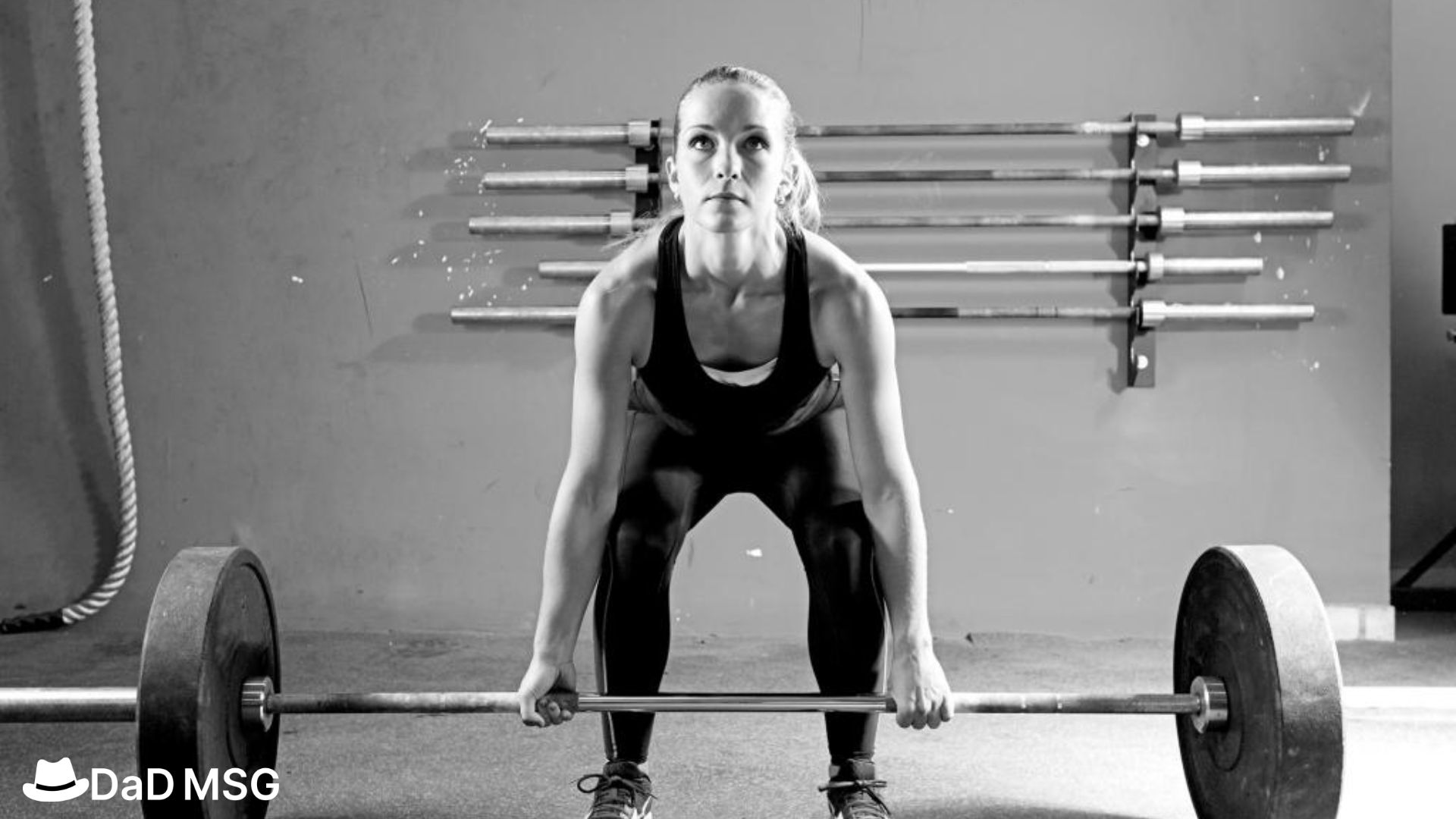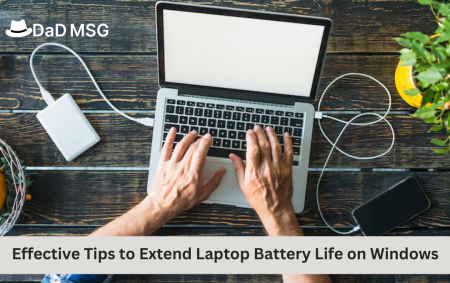If you look at professional volleyball players, you will see that they have a lot of muscle. Male and female volleyball players equally have strong quads, supple and functioning hamstrings, and powerful glutes, and it shows. Volleyball is a rigorous sport that demands a combination of speed, agility, and explosiveness in a single individual. Any pro will tell you that they developed such qualities in the weight room.
Strength training is good in numerous sports, but it is particularly important for volleyball players. Even though many specialised abilities are required for success, these skills cannot be developed without a strong foundation. Lifting is an important training technique for creating the strong foundation needed to out-jump, out-cut, and out-sprint opponents, especially for young athletes just starting their athletic careers. Here are my top three reasons why volleyball players should start lifting weights right now!
Power and Strength
It may seem obvious, but resistance training is the way to go if you want to be a powerful player. Lifting weights causes muscle fibres to expand (hypertrophy), create more force per contraction (strength), and fire at a quicker pace (power). What role does lift play in this?
To avoid getting too scientific, after starting a strength training programme, various changes occur within muscle cells (also known as fibres). Neuromuscular alterations, which involve the link between your muscles and your brain, are the earliest (and possibly most important) changes that occur. For example, for your biceps to contract, your brain must first send a signal to all of the individual fibres in the biceps muscle. Only part of your muscle fibres will react to your brain’s request for activation when you initially begin strength training. More muscle fibres will be stimulated as you continue to test these fibres through strength exercise.
Consider this: lifting big weight is similar to sipping a rich milkshake via a narrow straw. It will take a long time to drink the entire shake if you only use one straw. However, if you can use 100 straws simultaneously, you will receive a bigger shake with each drink.
When all of your muscle fibres are taught to be recruited at the same time, you can lift greater weight (milkshake) more efficiently. This translates to increased strength in the gym and more explosive power on the court. Lifting is an athlete’s finest tool for building the power to leap higher and serve more powerfully since only muscle fibres that are immediately activated via the stress of strength training will grow.
Prevention of Injuries
Volleyball’s body can take a battering with all of the jumping, landing, cutting, and planting. The force of the landing is passed through the ankles, knees, hips, and back every time you leap. It is no surprise that so many volleyball players suffer from back discomfort. Strength training has been demonstrated time and time again to be the most effective way of injury prevention. Strong muscles are better equipped to withstand the stress of landing or swiftly shifting directions than weak muscles, which makes sense.
Starting a strength training programme helps avoid injuries in two ways: first, it strengthens the muscles that are utilised in volleyball; and second, it strengthens the muscles that are used in volleyball (quads, glutes, hamstrings, calves, hip flexors, shoulders, etc.). Strong muscles do a better job than weak muscles. A proper training regimen, on the other hand, will assist athletes to build a foundation of balanced strength. Overuse (which may be avoided with a skilled coach and training programme) and musculoskeletal imbalances are the most common causes of injuries in young athletes. That example, if your quads are considerably stronger than your hamstrings, or if your biceps are a lot stronger than your triceps, you will have problems.
Weightlifting helps to balance out imbalances from the front to the back, the head to the toes, and the left to the right. Lifting forces athletes to give equal attention to their abs as they do to their lower back muscles, for example. The finest athletes are healthy athletes, and increasing 3-D, balanced strength via strength training can help them prevent injury.
Read more :- 8 Motivational Quotes to Remember When Things Get Tough
Culture of the Group
Lifting weights helps develop a healthy, happy team culture, which may not seem like an apparent advantage of starting a strength training programme. Volleyball is not a lonely activity; even in couples’ volleyball, you must be able to rely on your teammate in a competitive situation. The weight room is an excellent area to practise teamwork.
When your complete team is in the weight room at the same time, it might be a once-in-a-lifetime chance for team development. Athletes are not only unified in their goal (to complete the workout), as they are in actual games, but they are also part of a supportive—yet competitive—team atmosphere.
When a teammate is having difficulty with a lift, it creates an opportunity for others to go up and encourage them. When you lift with a colleague, it may also foster a healthy competitive spirit among pals. Furthermore, because lifting a large weight is inherently challenging, it aids in the development of individual mental toughness. All of these qualities carry over to the court during competition when players must rely on their teammates, create a positive mental space for themselves, and persist.
Look attentively the next time you see a pro volleyball player: you will notice muscular quadriceps and glutes, but you could also notice the inner strength that distinguishes exceptional athletes from average ones. Starting a strength training programme at a young age will help you develop the strength you will need to thrive at volleyball on both the inside and outside.




